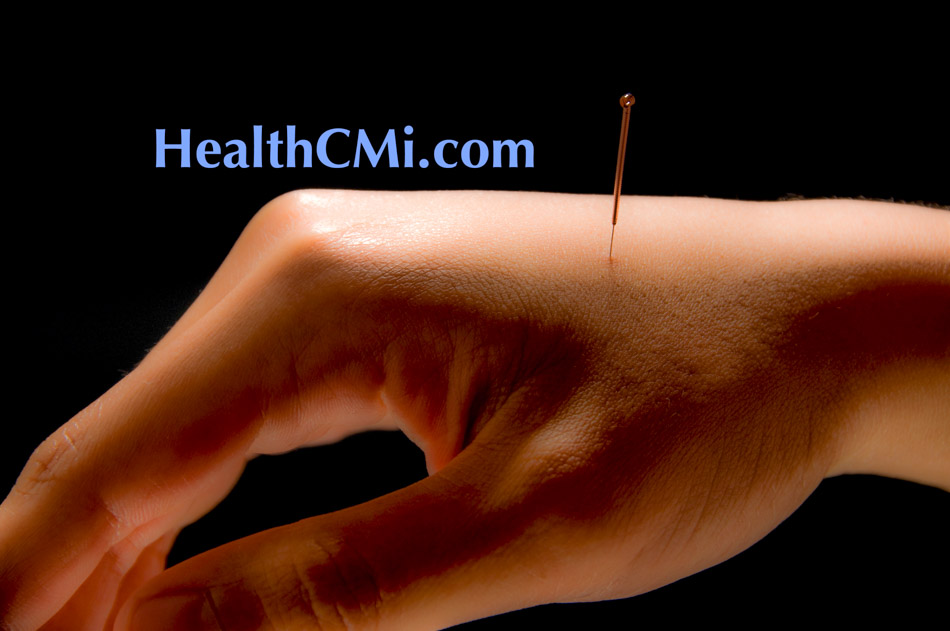A recent clinical study conducted by researchers from the First Affiliated Hospital of Henan University of Chinese Medicine has demonstrated the significant benefits of warm needle acupuncture for children with cerebral palsy. This groundbreaking research compared the efficacy of conventional rehabilitation treatment with that of warm needle acupuncture-assisted conventional treatment, revealing substantial improvements in cognitive and motor neurological development of the children receiving the combined therapy. [1]
Cerebral palsy is a group of brain disorders that affect motor coordination. Ataxia (impaired voluntary movement coordination) is a primary presentation of the disorder along with stiffness, spasticity, and limb weakness. In approximately 30–50% of cases, there is concomitant cognitive impairment. Common presentations include a scissored gait, walking on toes, flaccidity and stiffness imbalances, motor skill impairments, and exaggerated reflexes.
Study Overview
The clinical trial involved 118 children with cerebral palsy who visited the hospital from July 2020 to October 2022. These participants were randomly divided into two groups: a control group receiving conventional rehabilitation therapy and a study group receiving warm needle acupuncture in addition to conventional rehabilitation. Each group consisted of 59 children, all of whom met the diagnostic criteria for cerebral palsy. Cases with other diseases affecting motor ability, severe infectious diseases, coagulation dysfunction, or other neurological diseases were excluded to ensure the integrity of the study.
Treatment Protocol
Both groups underwent three courses of treatment, each lasting four weeks. The control group received standard rehabilitation therapy, including the Bobath approach and Vojta approach techniques, conducted twice daily for 30 minutes per session.
In contrast, the study group received warm needle acupuncture treatment at specific acupoints: ST36 (Zusanli), ST31 (Biguan), ST34 (Liangqiu), LI4 (Hegu), LI11 (Quchi), LI15 (Jianyu), SP6 (Sanyinjiao), and LI5 (Yangxi). Additionally, Yu’s Seven-Area Division Method was employed, focusing on the vertex and frontal vertex areas of the scalp. The cluster needling technique was used, inserting multiple needles within each treatment area to enhance stimulation, followed by warm needle acupuncture with moxa connected to the needle ends. Each session lasted 30 minutes and was conducted daily.
Results and Findings
The results of the study were compelling. Children in the study group showed significant improvements in various indicators compared to those in the control group:
- Gesell Developmental Schedule Scores: Higher scores in social interaction, fine motor skills, language, gross motor skills, and adaptability were observed in the study group, indicating better intellectual development.
- Cerebral Blood Flow Velocity: The study group exhibited greater blood flow velocities in the anterior cerebral artery (ACA), middle cerebral artery (MCA), and posterior cerebral artery (PCA) as measured by transcranial Doppler ultrasound.
- EEG Indicators: The study group demonstrated lower theta wave power, a lower alpha/sensorimotor rhythm (SMR) power ratio, and higher beta wave power.
- Posterior Neural Cognitive Development Indicators: Higher serum levels of brain-derived neurotrophic factor (BDNF), nerve growth factor (NGF), dopamine (DA), and norepinephrine (NE) were noted in the study group.
- Serum Samples: The study group had higher serum levels of insulin-like growth factor 1 (IGF-1) and lower levels of creatine kinase-brain type (CK-BB).
Conclusion
The study concludes that warm needle acupuncture, when used in conjunction with conventional rehabilitation therapy, significantly enhances the cognitive and neurological development of children with cerebral palsy. These findings suggest that integrating warm needle acupuncture into standard treatment protocols could offer a more effective approach to managing and improving the condition of children with cerebral palsy.
Reference:
1. Duan Fengyang, Li Ruixing, and Ju Wei, The Impact of Warm Acupuncture-Assisted Conventional Treatment on the Brain Waves and Neurocognitive Development of Children with Cerebral Palsy, Studies of Trace Elements and Health, May 2024, Vol. 41, No. 3.


